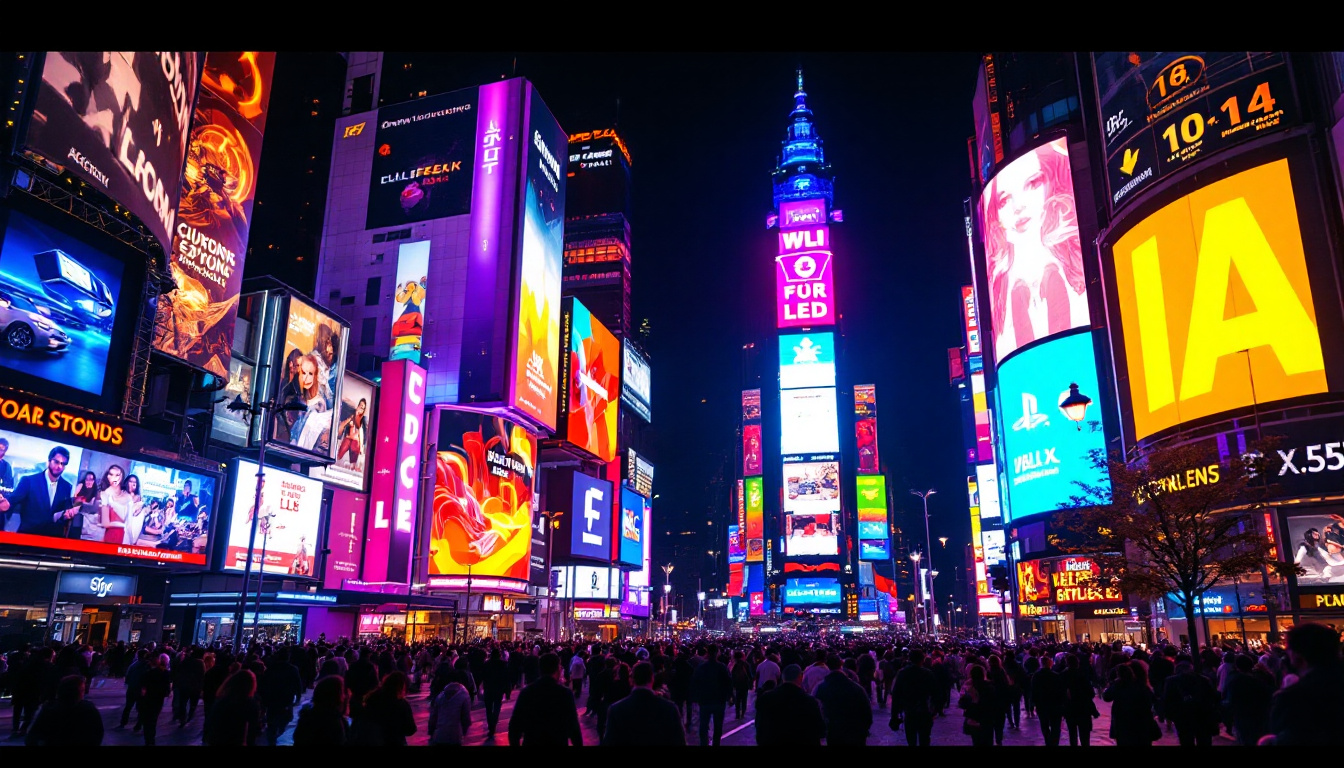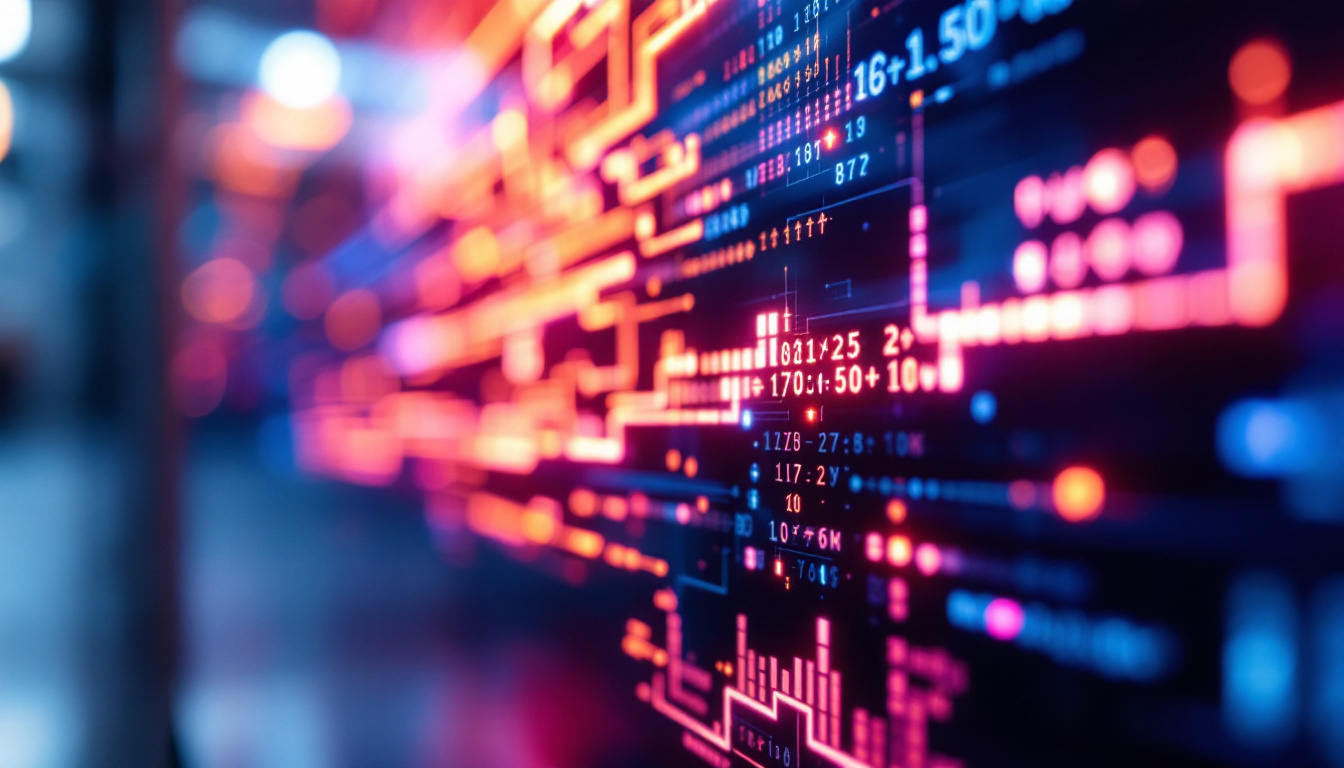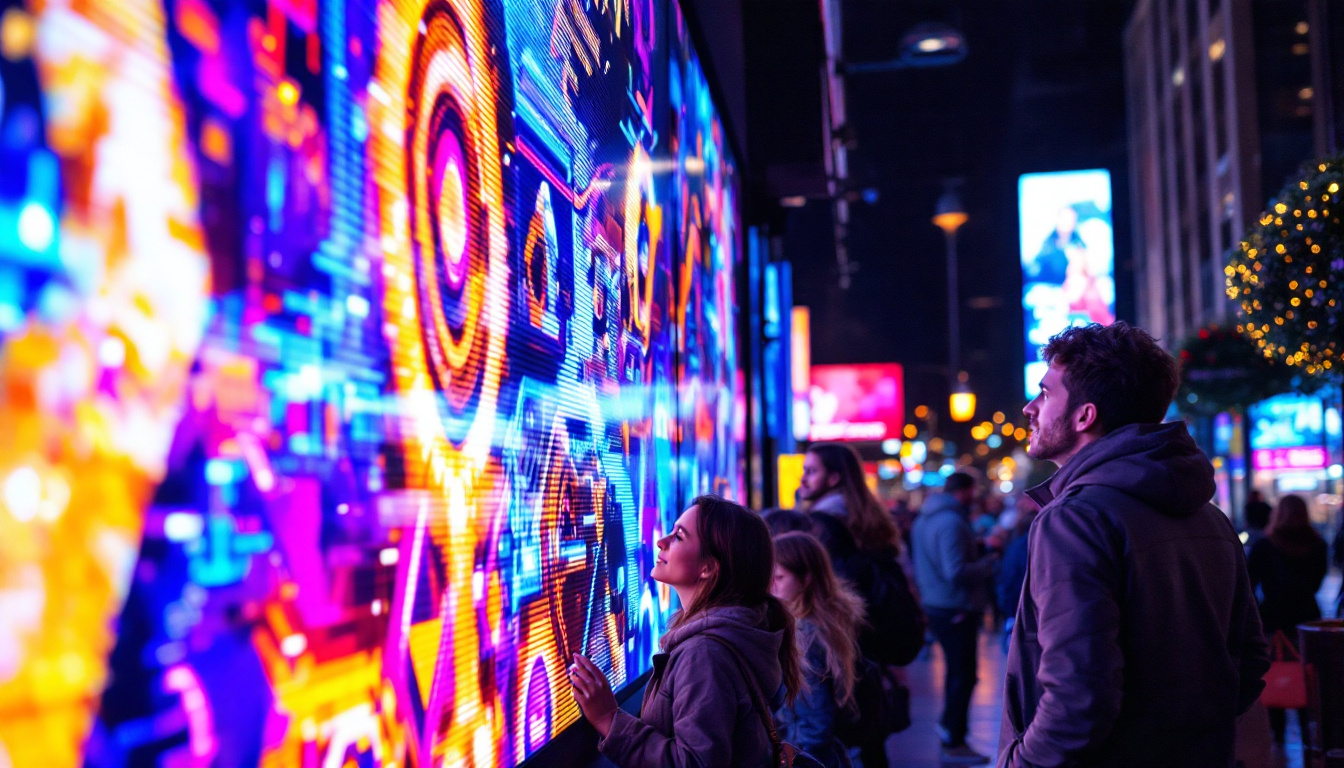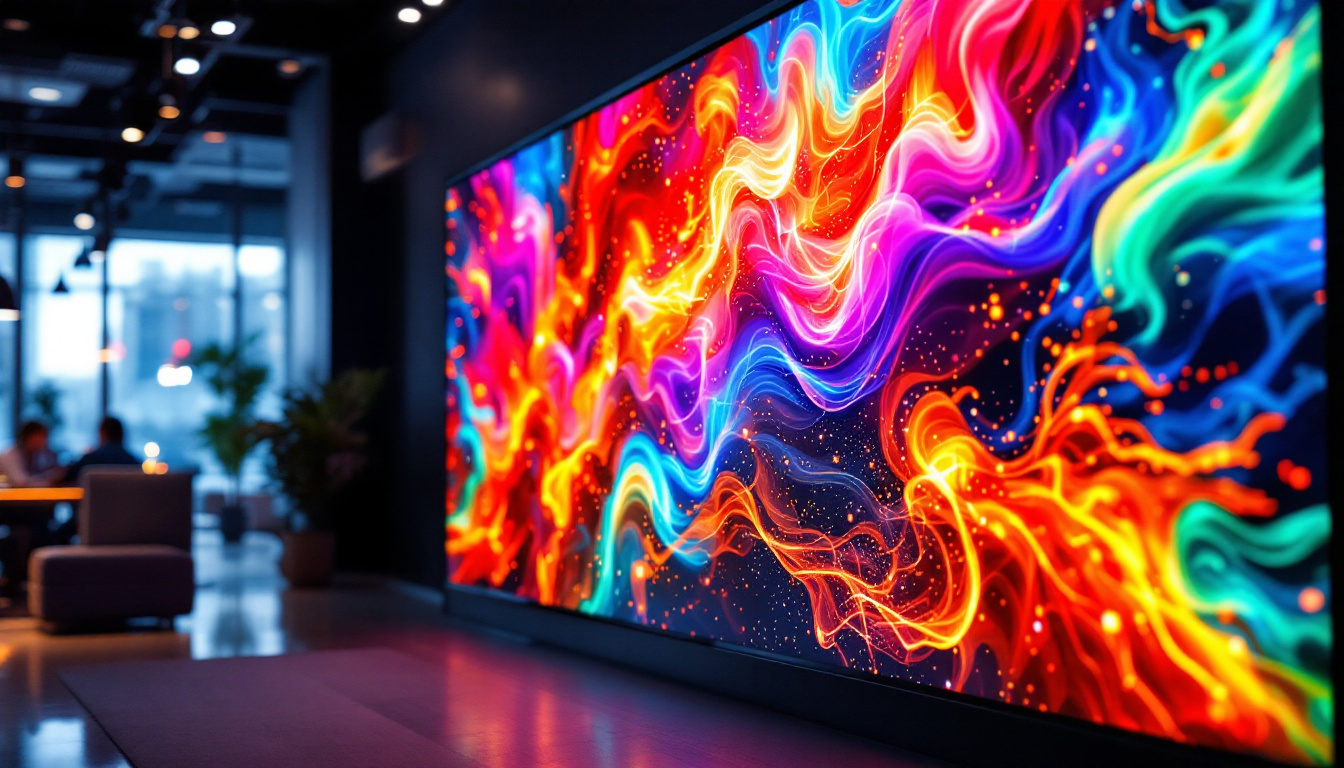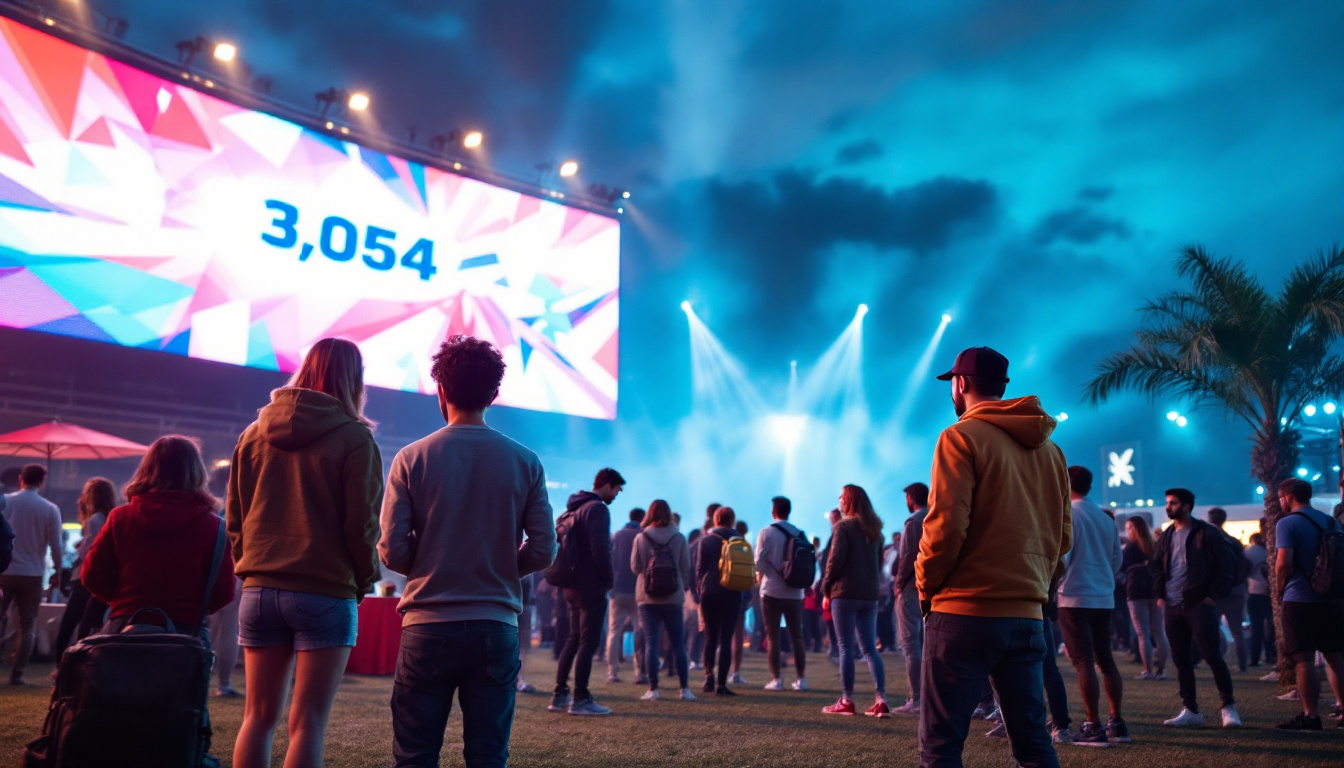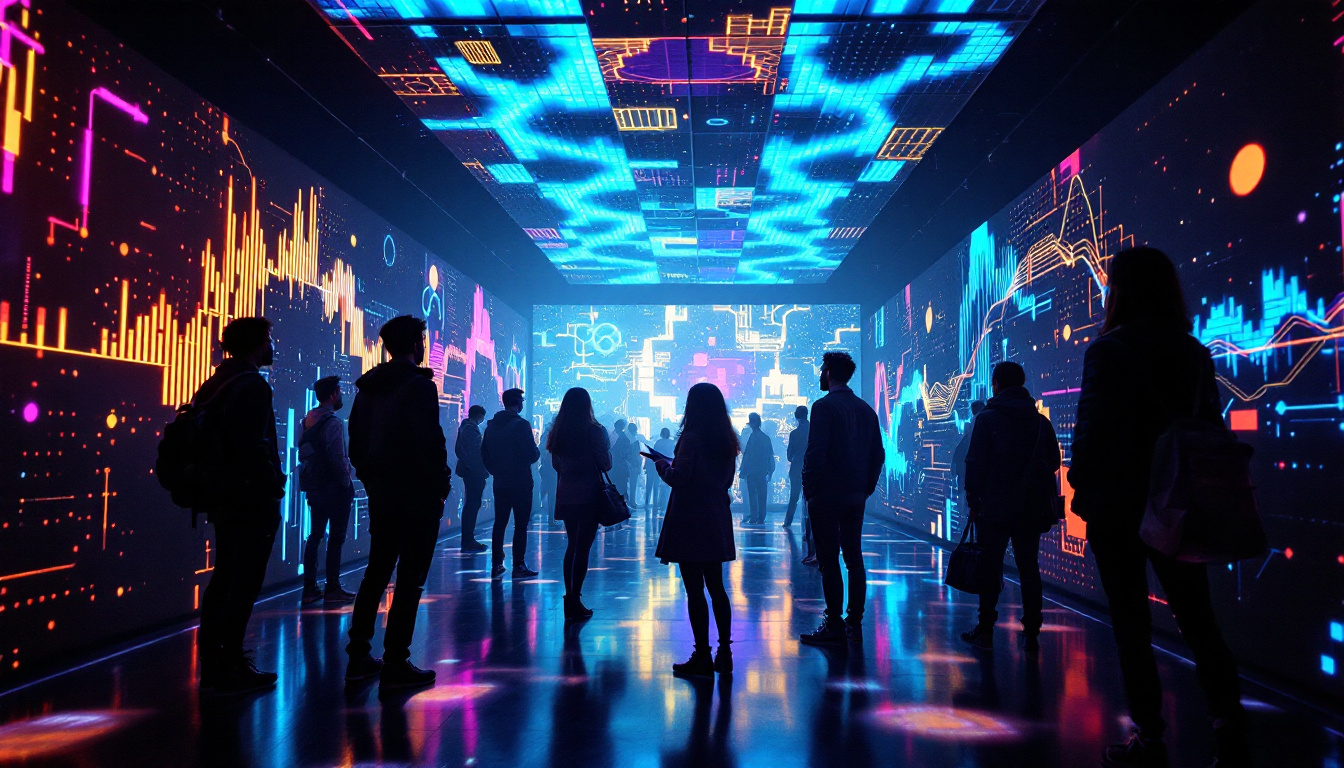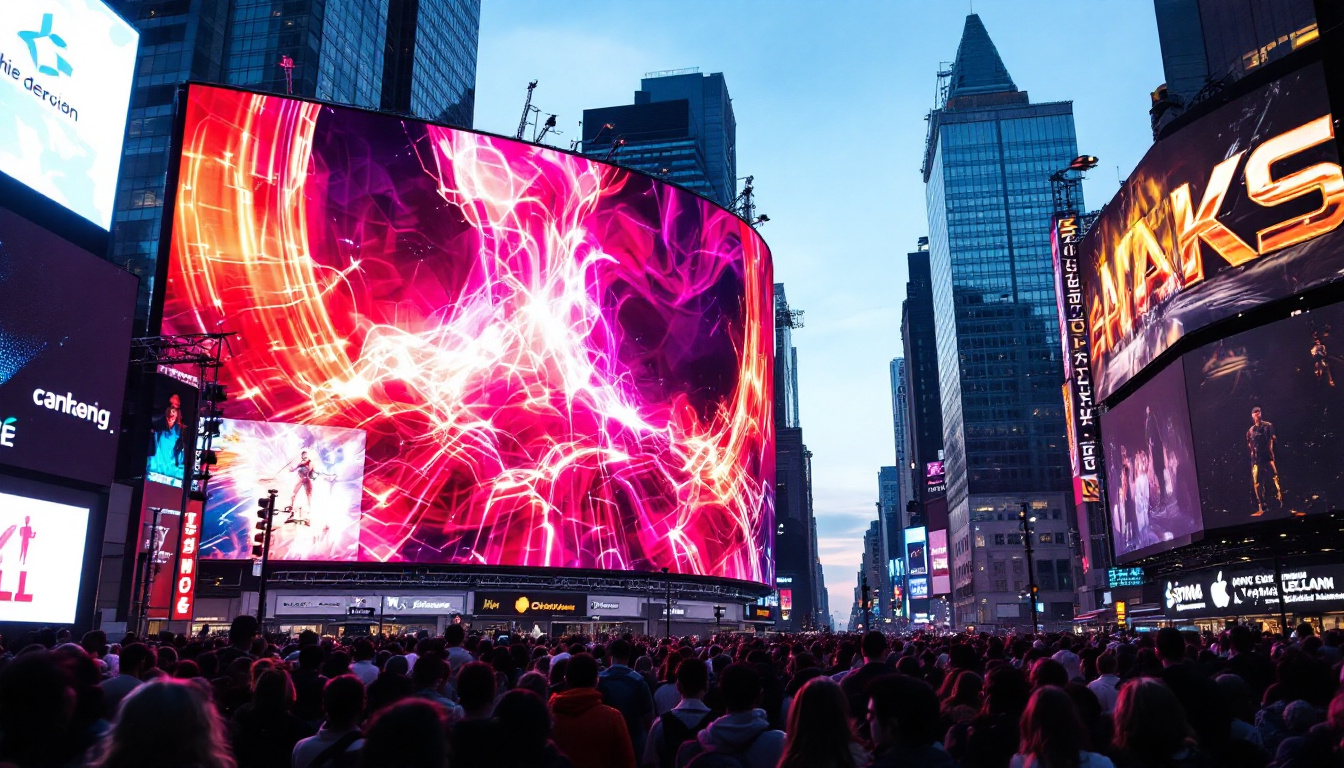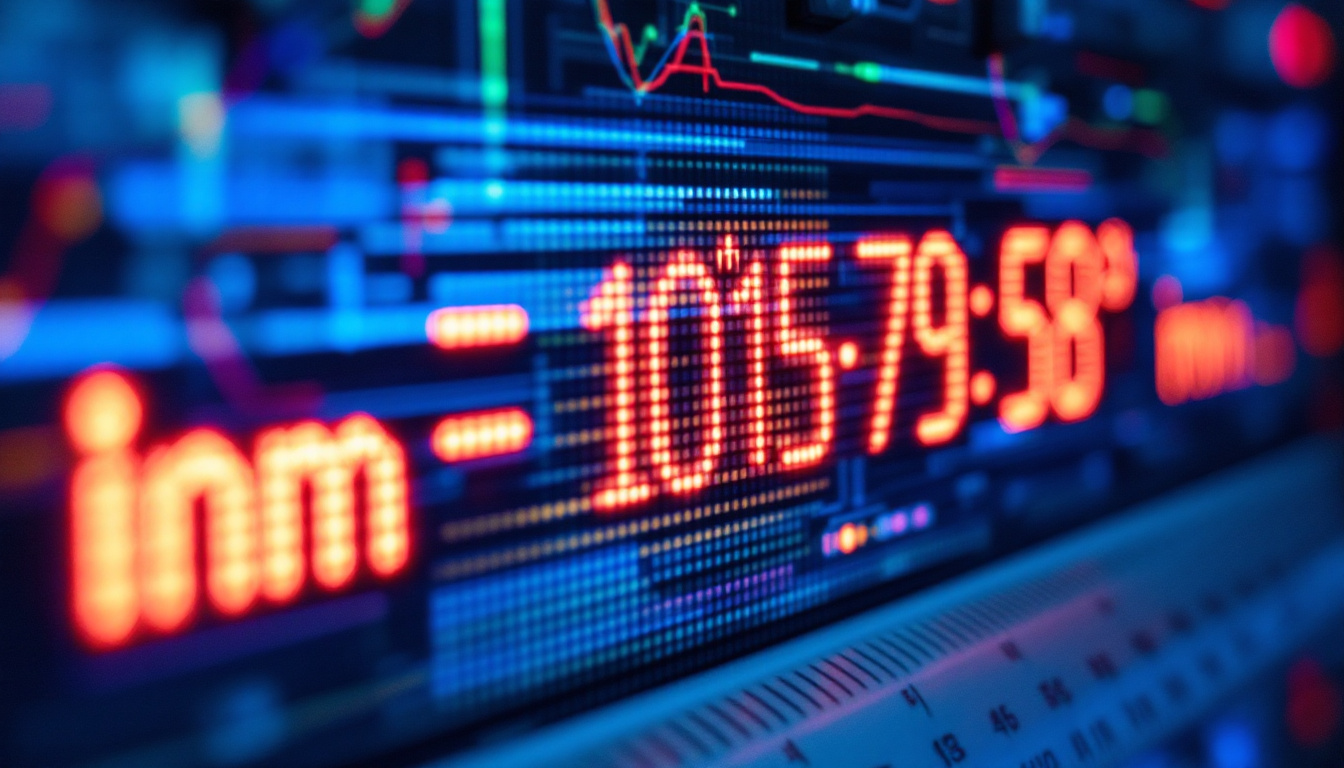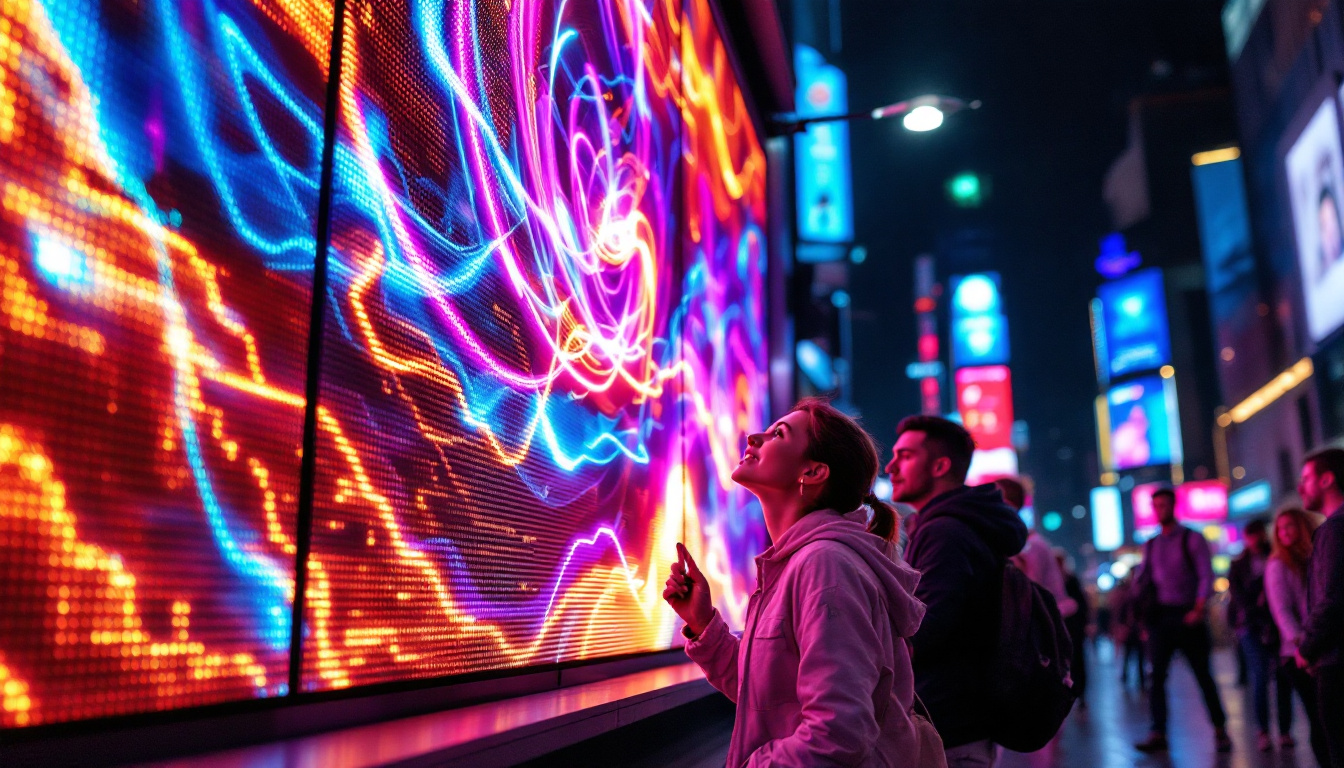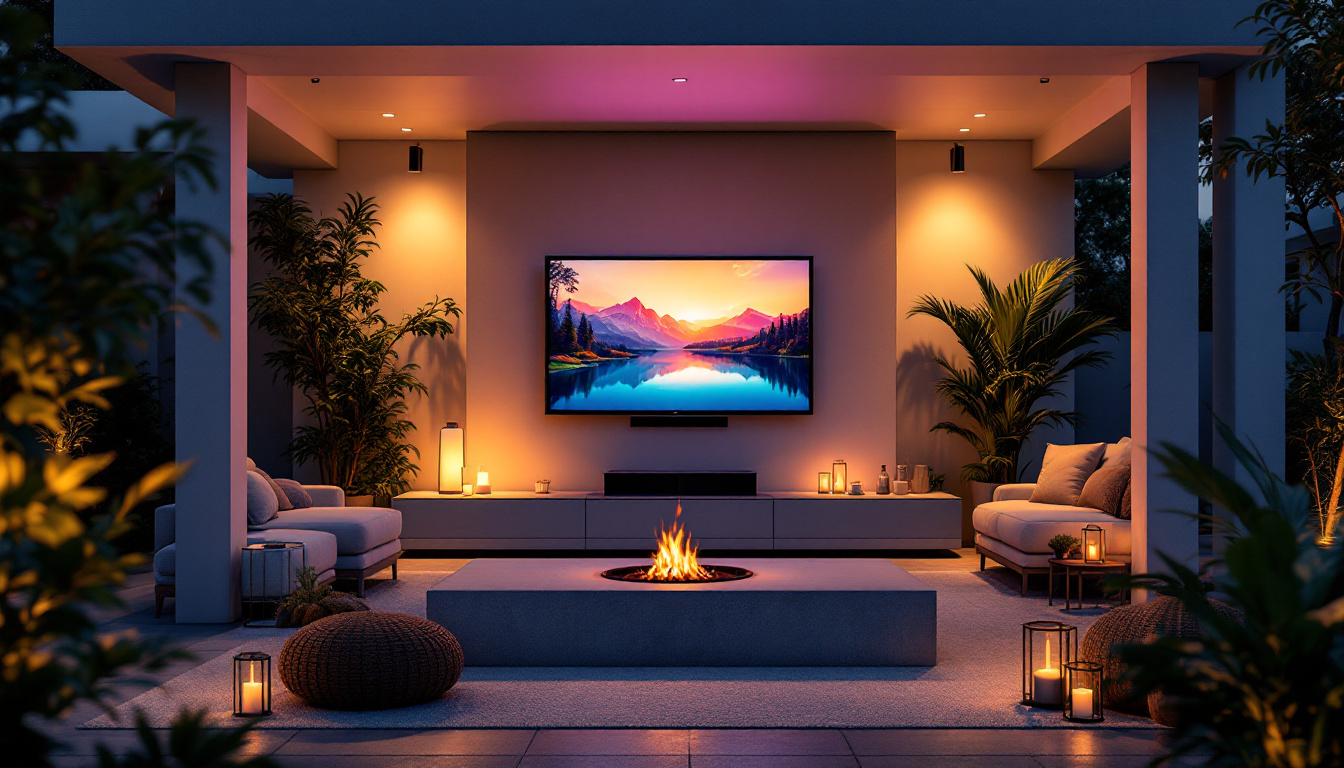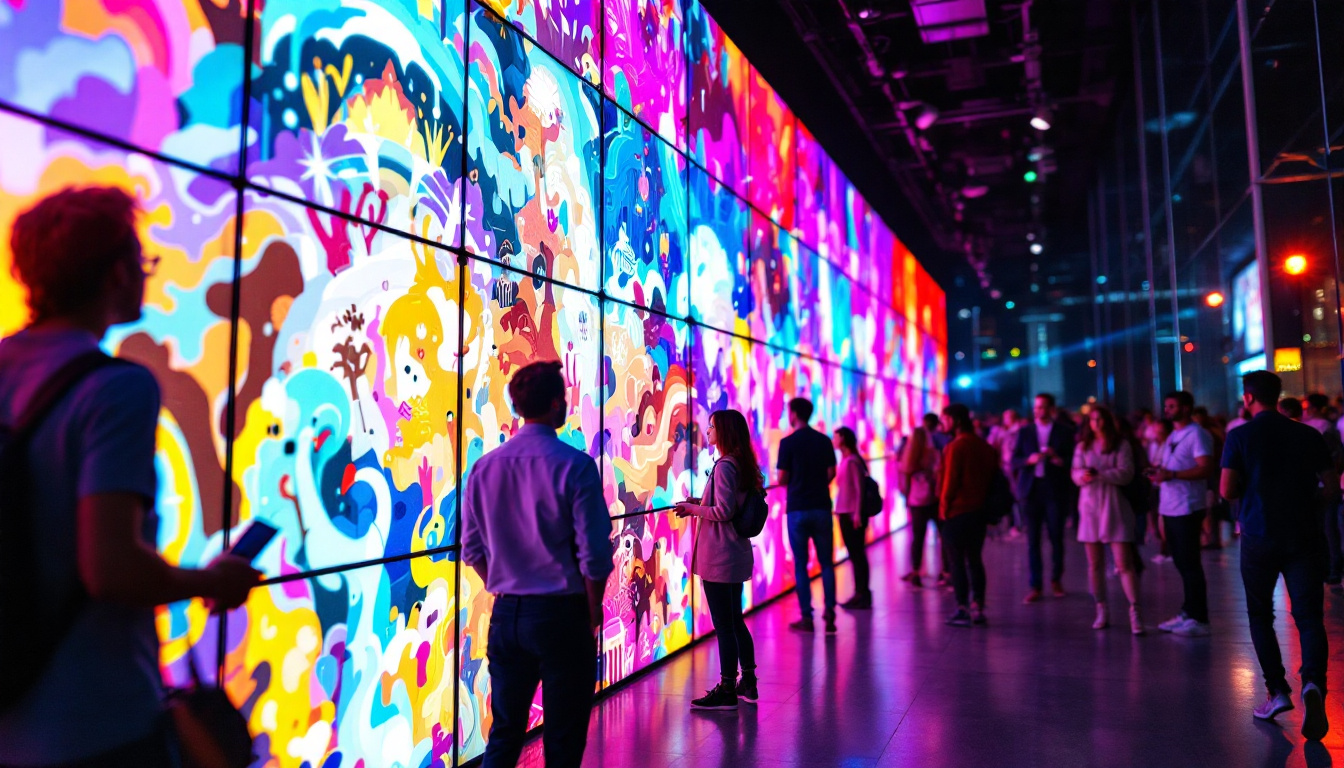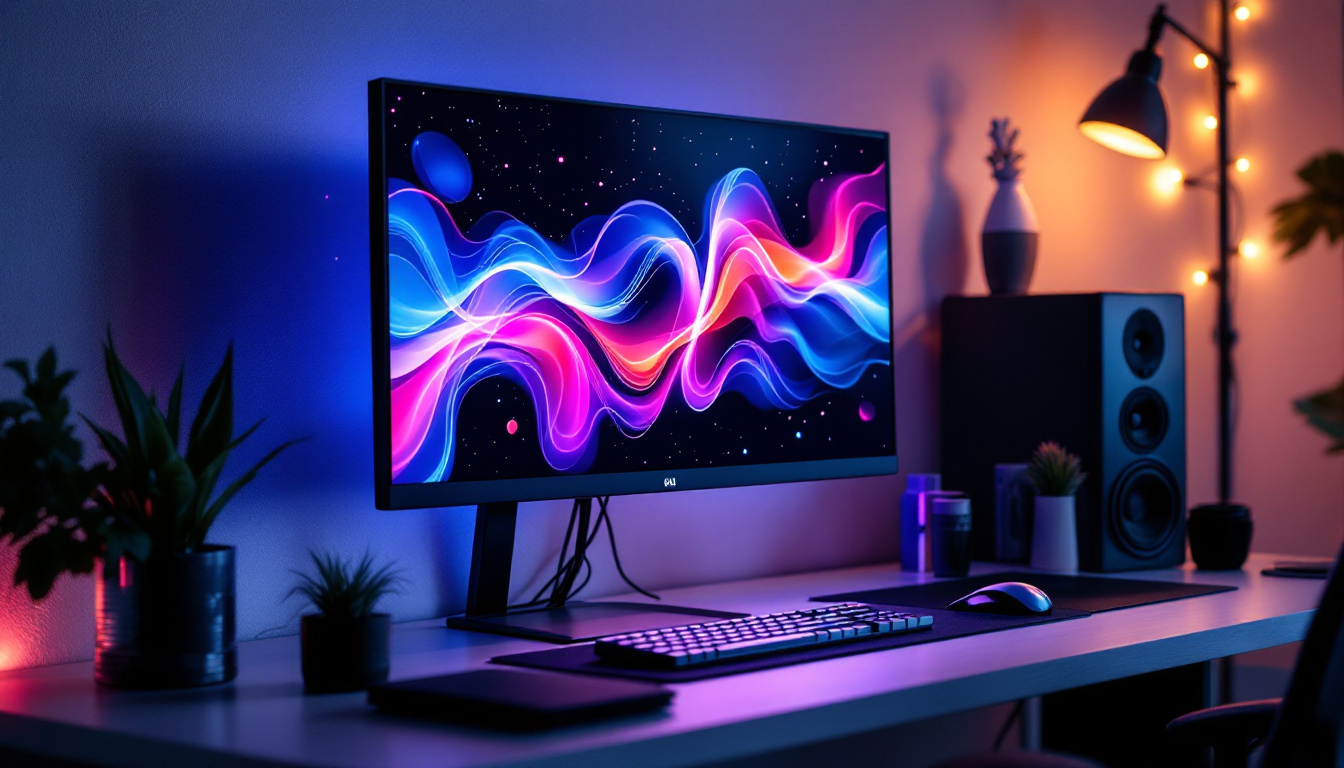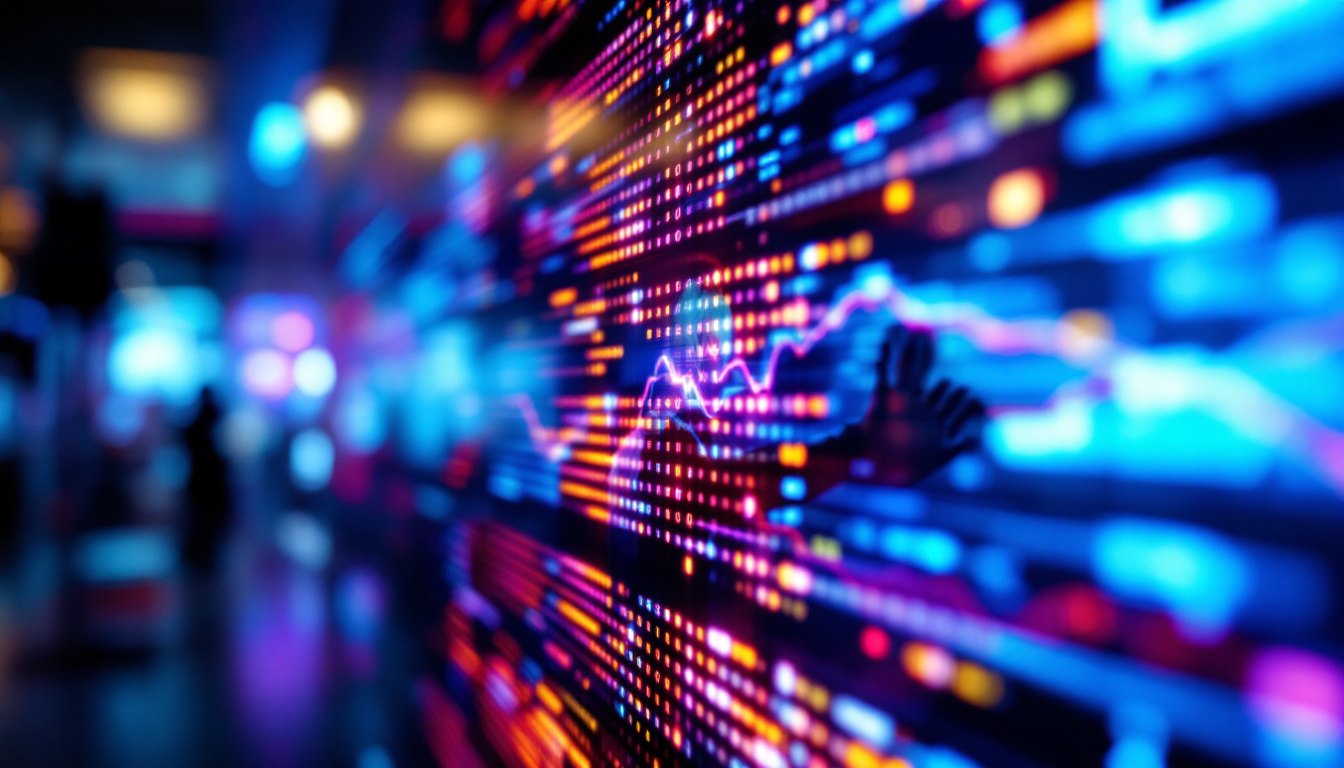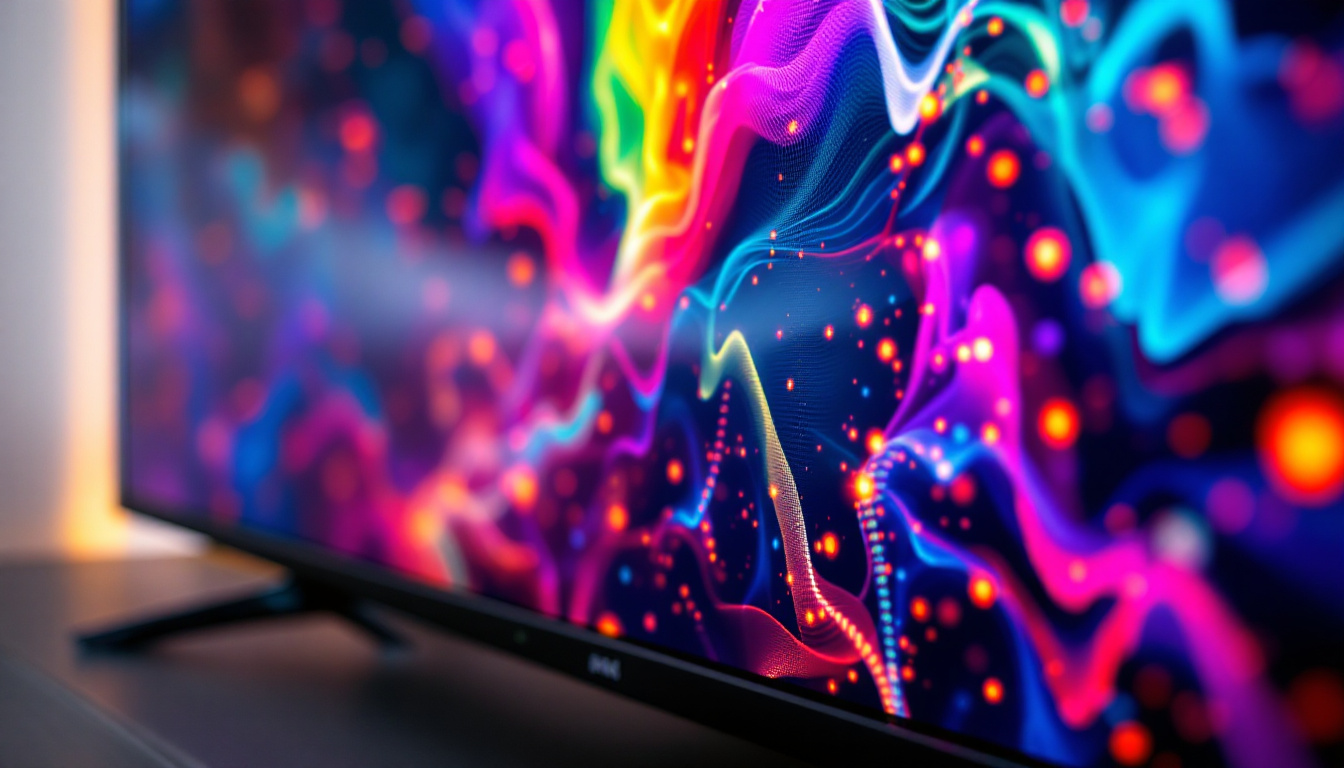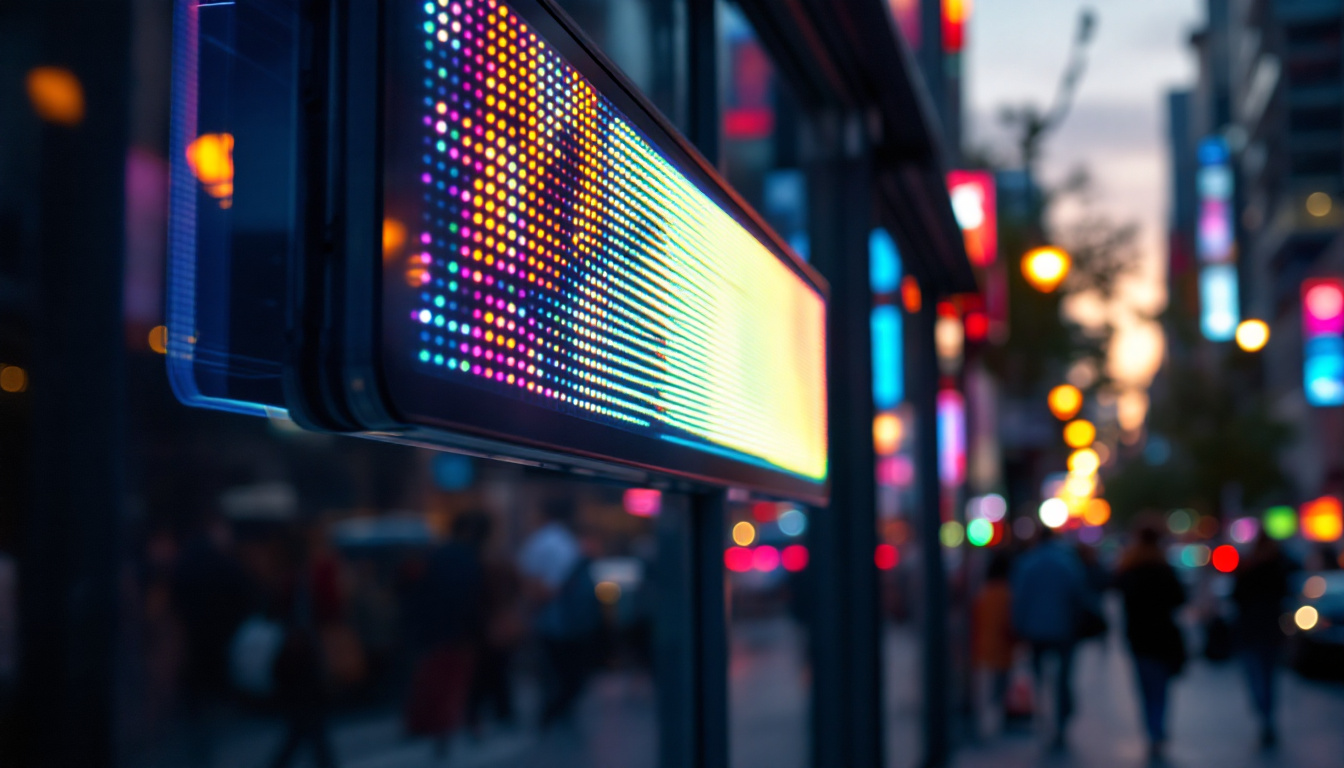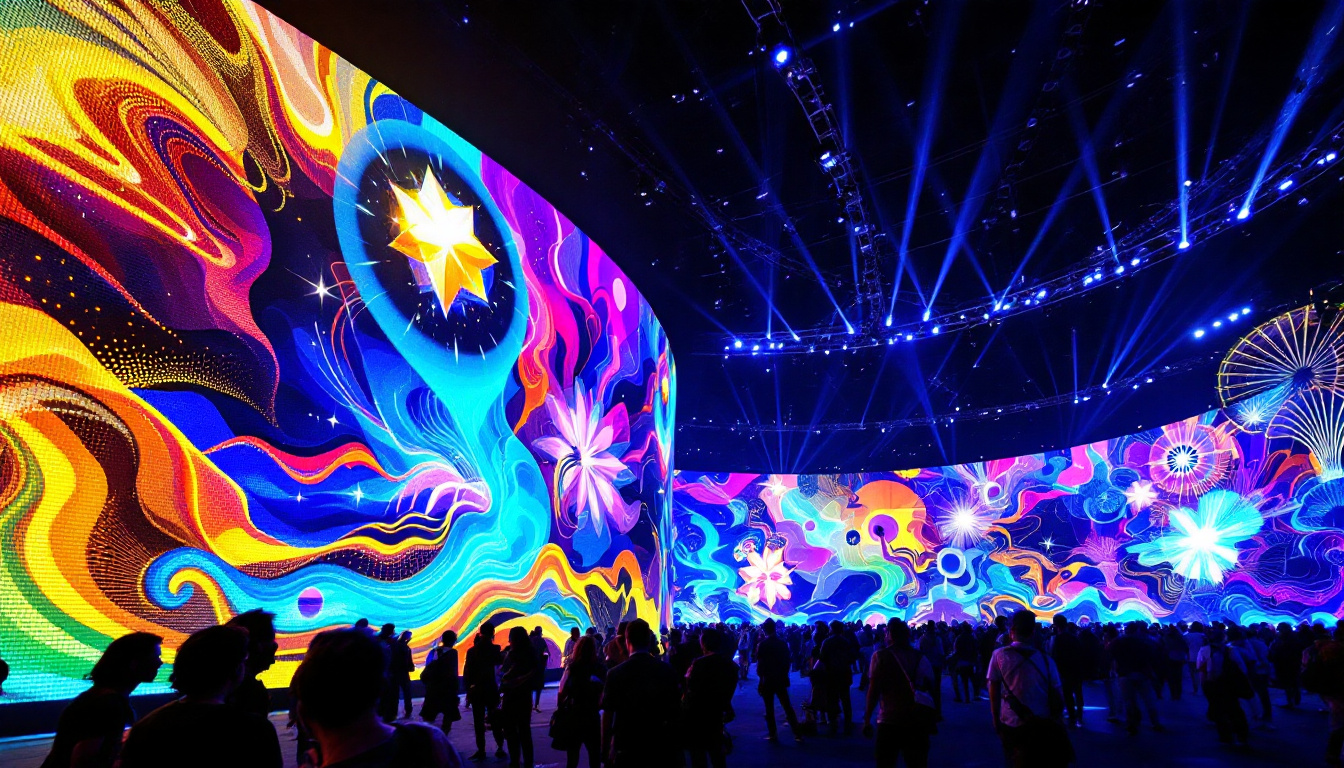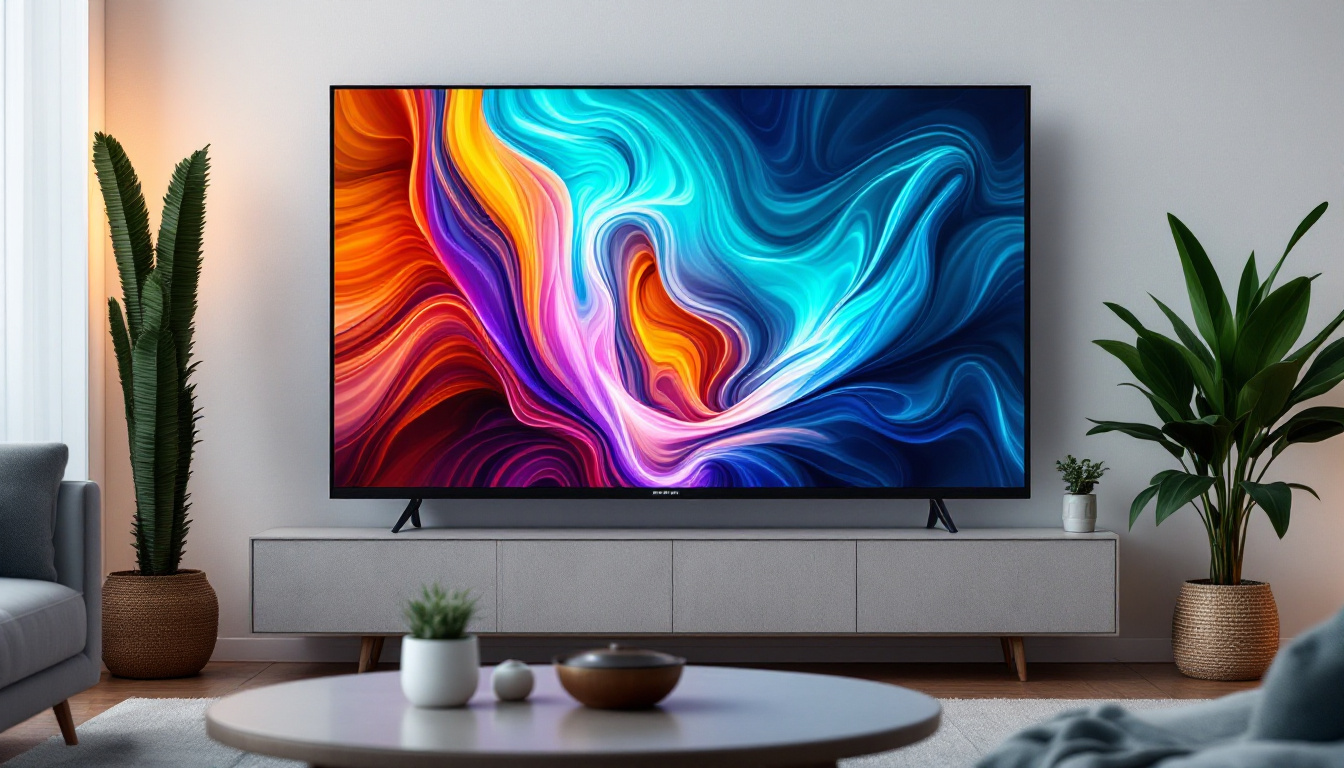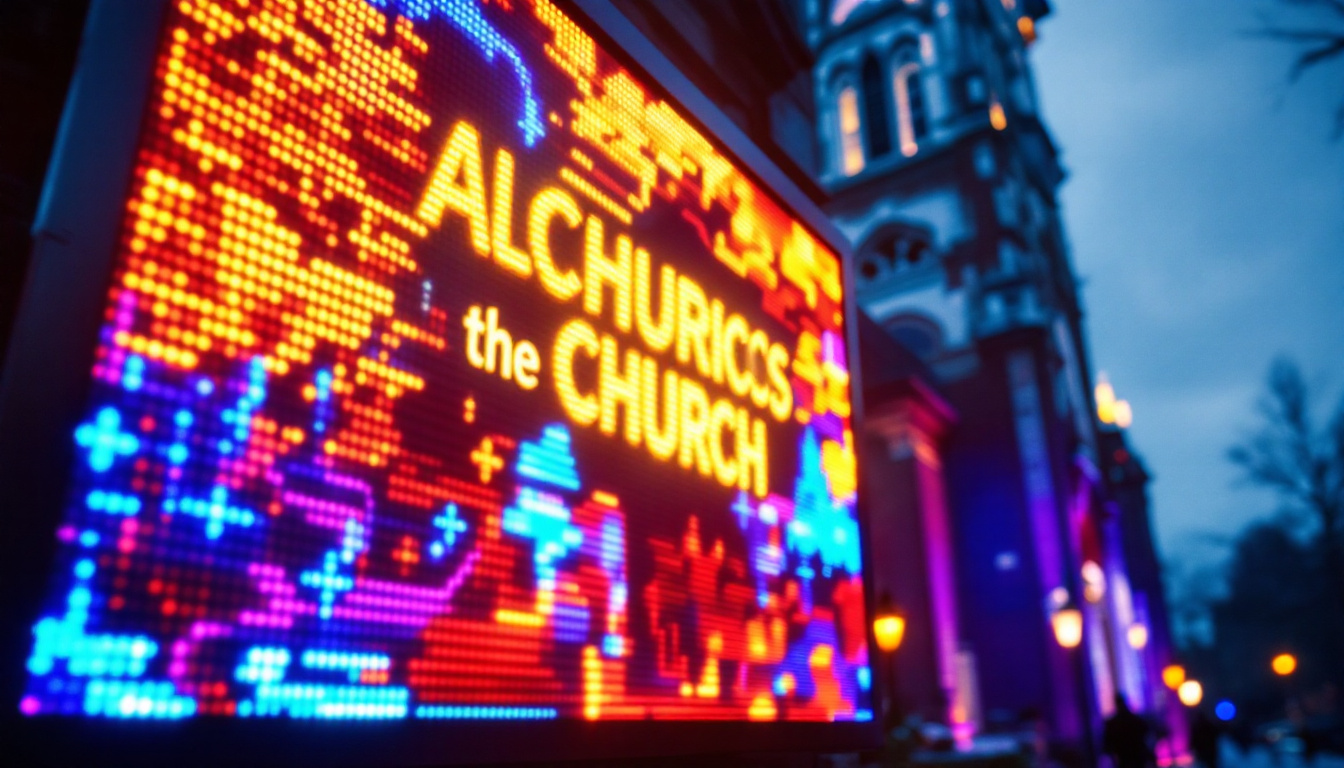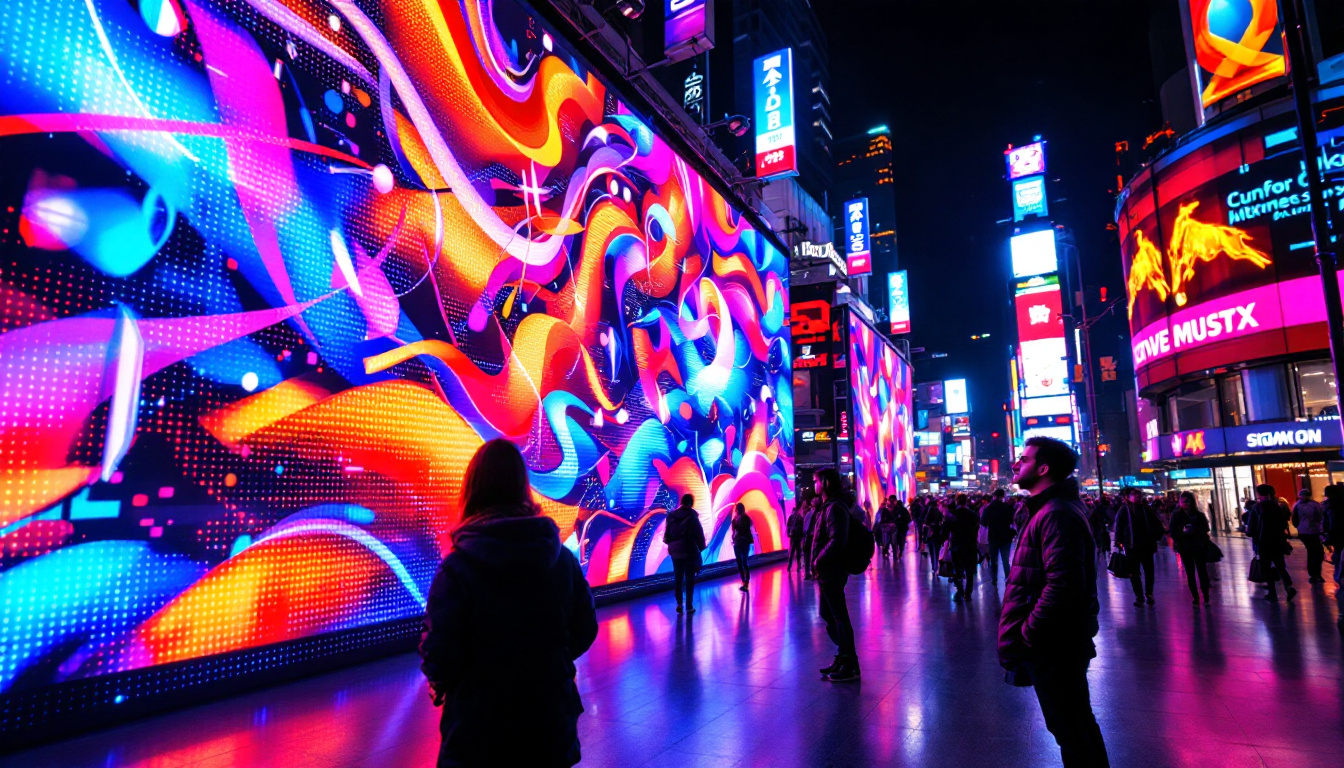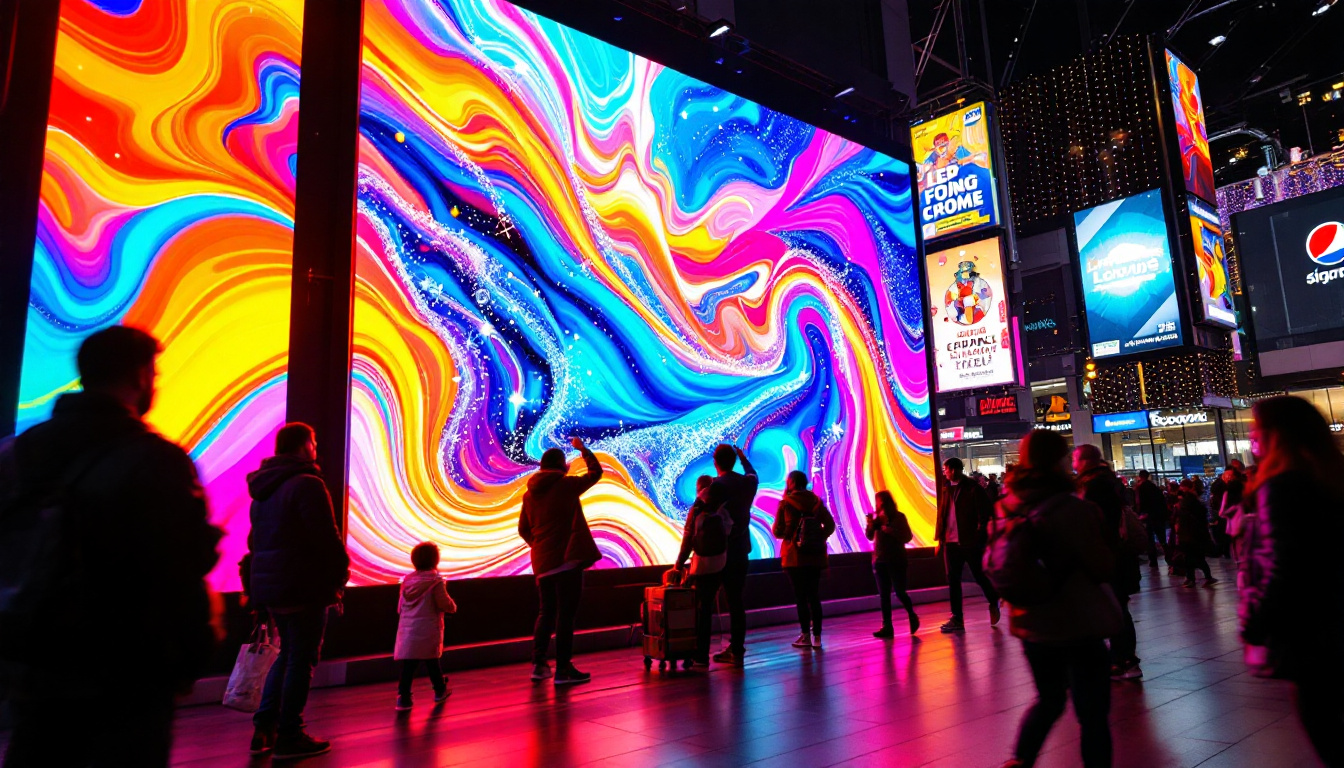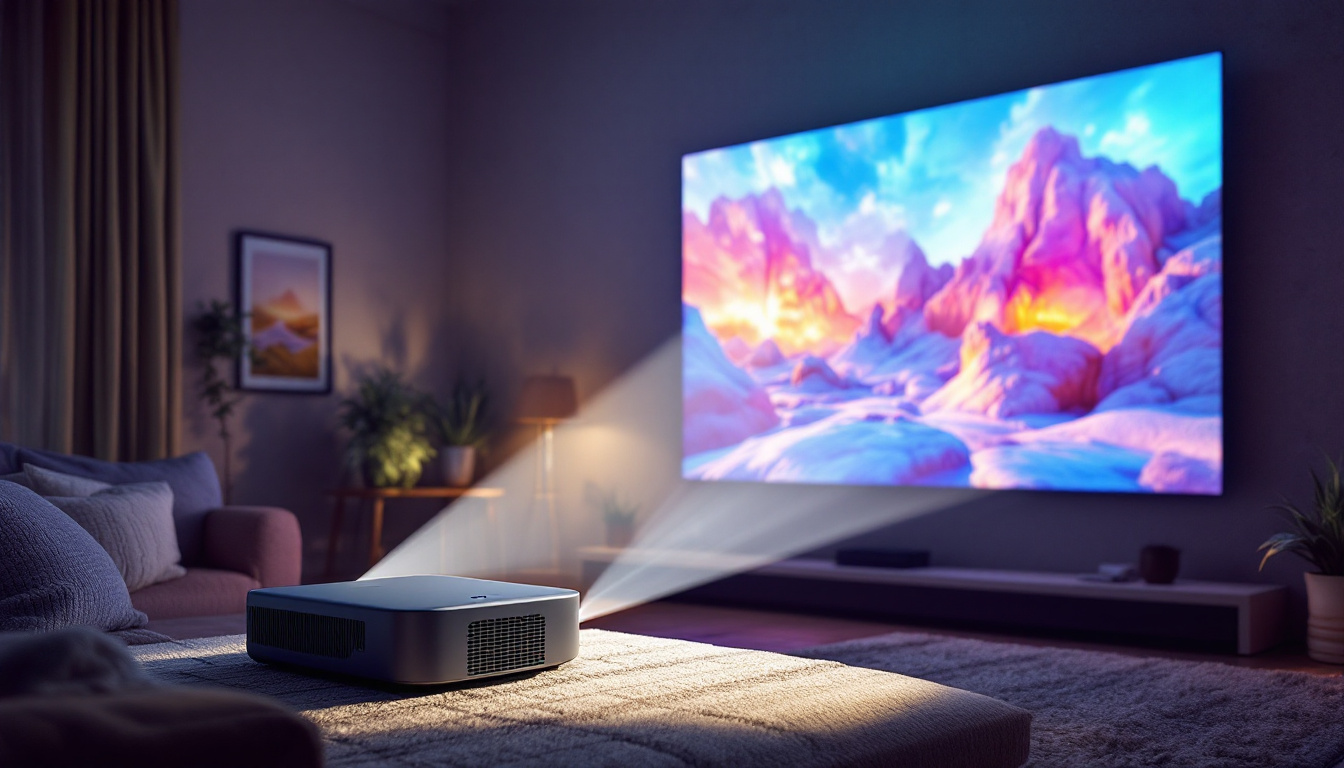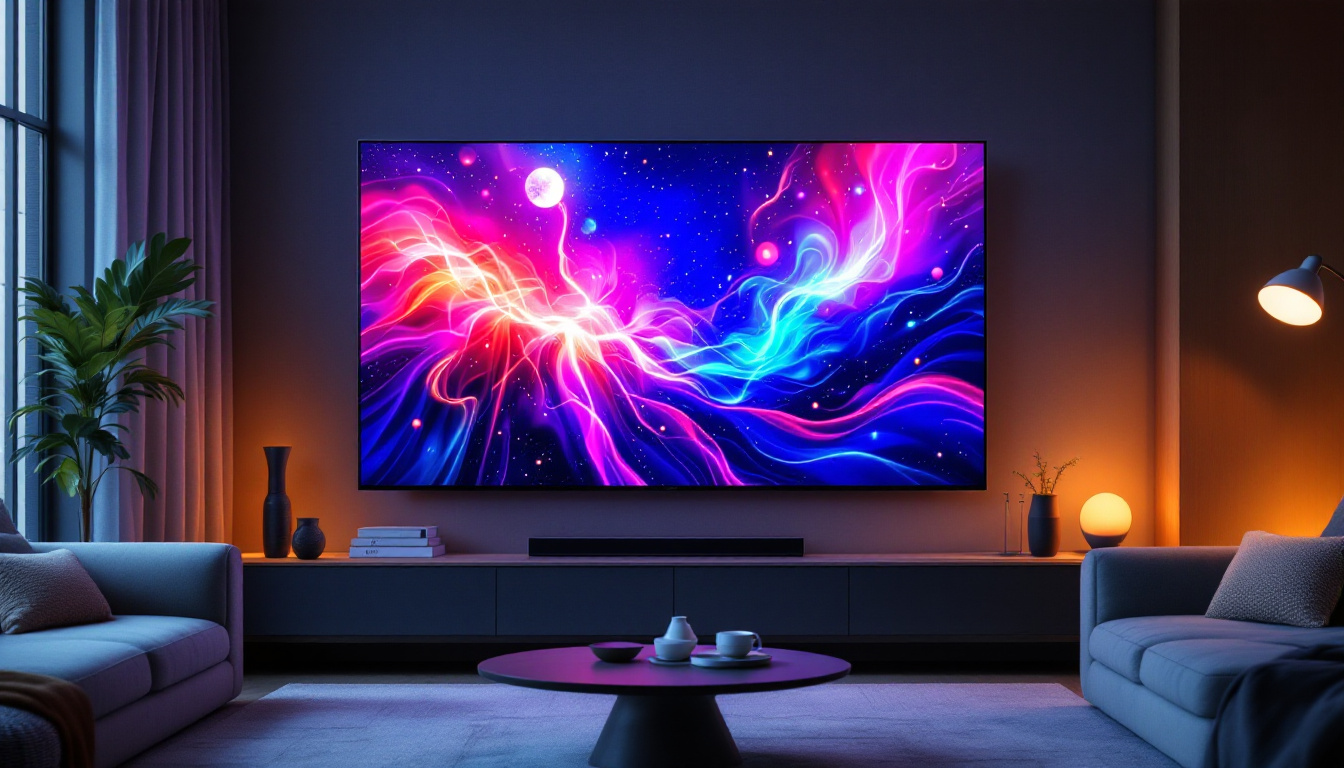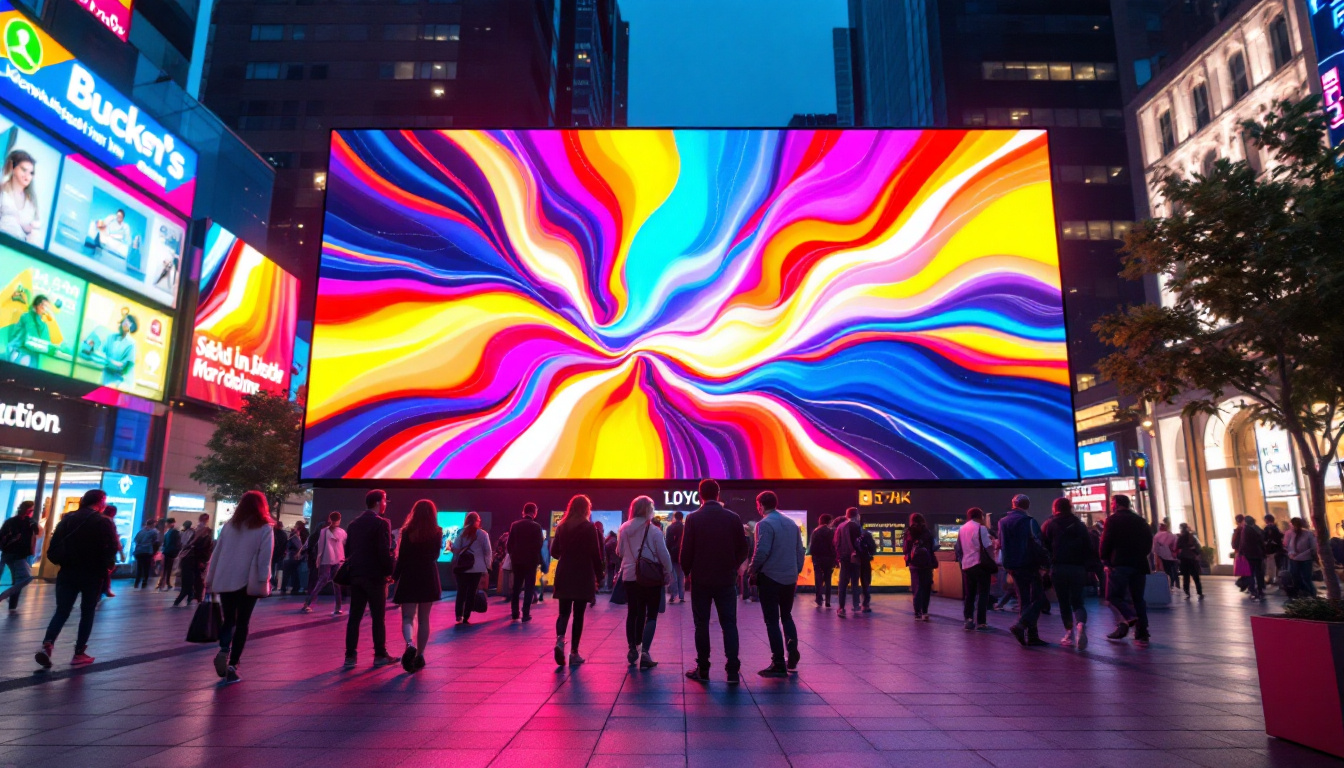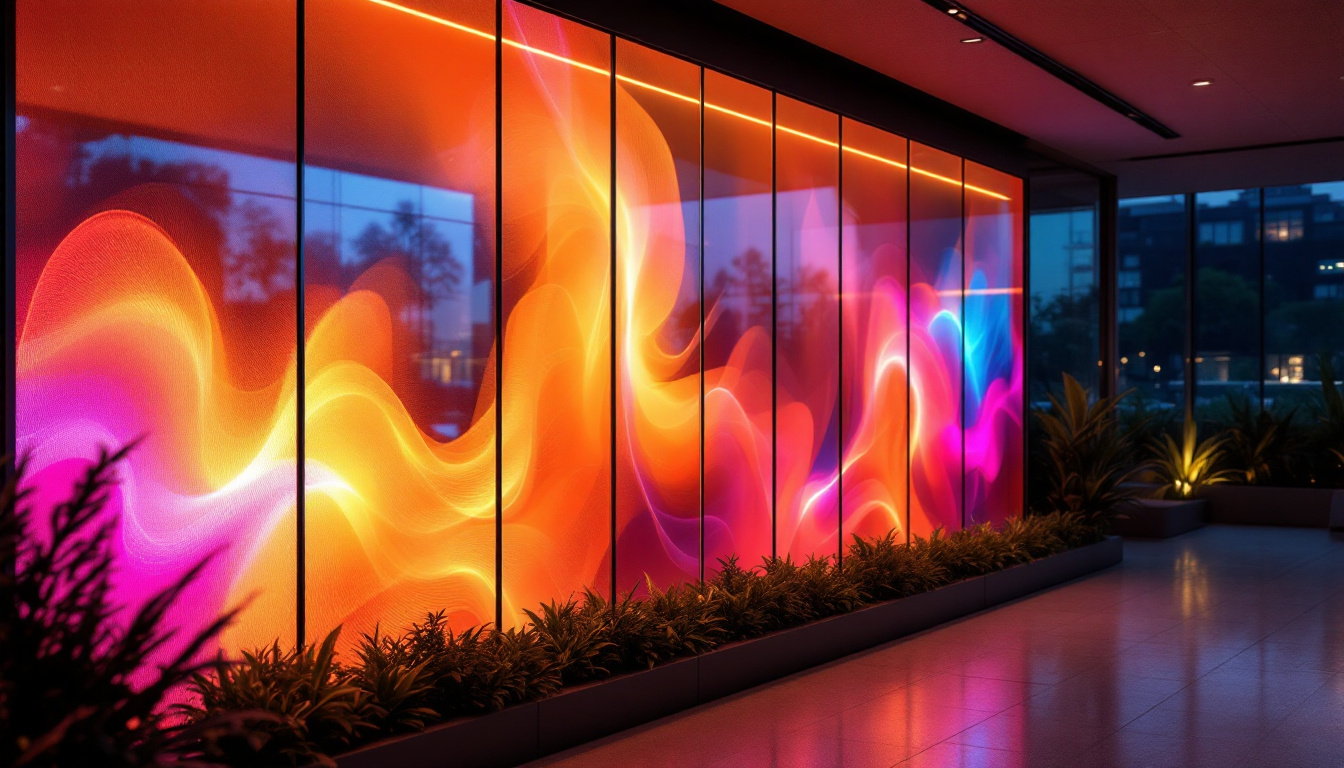In the modern world of visual communication, LED displays have become a cornerstone technology, revolutionizing how information is presented and consumed. From advertising billboards to dynamic stage backdrops, these displays offer unparalleled brightness, versatility, and energy efficiency. This article explores the intricate workings of LED displays, their various applications, and the future trends shaping this vibrant field.
Understanding LED Technology
LED, or Light Emitting Diode, is a semiconductor device that emits light when an electric current passes through it. Unlike traditional incandescent bulbs, LEDs are more energy-efficient and have a longer lifespan. The technology behind LEDs has evolved significantly, leading to their widespread adoption in various applications. Over the years, advancements in LED technology have not only improved their efficiency but also reduced costs, making them accessible for both commercial and residential use. This shift has contributed to a growing emphasis on energy conservation and sustainability in lighting solutions.
The Basics of LED Operation
The operation of an LED is based on electroluminescence, a phenomenon where a material emits light in response to an electric current. When electrons move through the semiconductor material, they recombine with electron holes, releasing energy in the form of photons. This process is what creates the visible light emitted by LEDs. The efficiency of this light emission is significantly higher than that of traditional bulbs, as most of the energy is converted into light rather than heat. This characteristic not only enhances performance but also contributes to lower energy bills for consumers.
LEDs can produce a spectrum of colors depending on the materials used in their construction. By combining red, green, and blue LEDs, a full range of colors can be achieved, which is essential for creating vibrant displays. Additionally, advancements in phosphor technology have allowed for the development of white LEDs, which are widely used in general lighting applications. The ability to fine-tune the color temperature of white light has made LEDs suitable for various settings, from warm, cozy environments to bright, clinical spaces.
Types of LED Displays
LED displays can be categorized into several types, each designed for specific applications. The most common types include:
- Direct View LED Displays: These displays are made up of individual LED modules that are directly visible to the viewer. They are often used in large outdoor billboards and indoor screens. Their high brightness and contrast ratios make them ideal for environments with significant ambient light, ensuring that the content remains clear and engaging.
- LED Video Walls: Composed of multiple LED panels, video walls can create large, seamless displays ideal for events, concerts, and control rooms. These setups allow for dynamic content to be showcased, making them popular in entertainment venues and corporate settings where visual impact is key.
- Transparent LED Displays: These innovative displays allow light to pass through, making them suitable for storefronts and advertising without obstructing visibility. This feature not only enhances aesthetic appeal but also provides an interactive experience for customers, as they can see products behind the display while still engaging with the advertising content.
In addition to these types, there are also flexible LED displays that can be bent and shaped to fit unique designs, allowing for creative applications in architecture and interior design. The versatility of LED technology continues to inspire new innovations, leading to exciting possibilities in how we use light in our environments.
Applications of LED Displays
LED displays have found applications across various industries, each leveraging their unique advantages. From retail to entertainment, the versatility of LED technology is evident in its widespread use.
Advertising and Marketing
One of the most prominent uses of LED displays is in advertising. Retailers and businesses utilize vibrant LED screens to capture the attention of potential customers. These displays can show dynamic content, such as videos and animations, which are more engaging than static billboards.
Moreover, LED displays can be programmed to change content based on time, audience demographics, or even weather conditions, making them highly effective tools for targeted marketing. For instance, a coffee shop might display a warm cup of coffee on a chilly morning, enticing passersby with an appealing visual that resonates with the current weather. This adaptability not only boosts customer engagement but also increases the likelihood of spontaneous purchases, as consumers are drawn to timely and relevant messages.
Entertainment and Events
In the entertainment industry, LED displays have transformed the way audiences experience live performances. Concerts, theater productions, and sporting events often feature large LED screens that enhance the visual experience. These displays can provide real-time information, such as scores and replays, while also serving as a backdrop for artistic visuals.
Furthermore, advancements in LED technology have led to the development of flexible and curved displays, allowing for creative stage designs that were previously impossible. This innovation enables event organizers to create immersive environments that captivate audiences, such as 360-degree displays that wrap around the venue or interactive screens that respond to audience movements. As a result, the overall experience becomes more engaging and memorable, pushing the boundaries of traditional entertainment and creating a deeper connection between performers and their audience.
Additionally, LED displays are increasingly being used in film and television production. They serve as dynamic backdrops that can be adjusted in real-time, allowing filmmakers to create stunning visual effects without the need for extensive post-production work. This not only streamlines the filming process but also opens up new avenues for creativity, enabling directors to visualize scenes in ways that were once limited by physical sets or green screens.
Benefits of LED Displays
The advantages of LED displays extend beyond their visual appeal. Several key benefits make them a preferred choice across various sectors.
Energy Efficiency
One of the standout features of LED displays is their energy efficiency. Compared to traditional display technologies, LEDs consume significantly less power while delivering brighter images. This efficiency translates into lower operational costs, making LED displays a cost-effective solution for businesses. Furthermore, the reduced energy consumption contributes to a smaller carbon footprint, aligning with the growing emphasis on sustainability in corporate practices. As organizations strive to meet environmental goals, the adoption of LED technology can play a crucial role in enhancing their green credentials.
Longevity and Durability
LEDs are known for their long lifespan, often lasting up to 100,000 hours or more. This durability reduces the need for frequent replacements, which can be both costly and inconvenient. Additionally, LED displays are more resistant to shocks and vibrations, making them ideal for outdoor environments. This resilience is particularly beneficial for applications in high-traffic areas, such as airports and stadiums, where displays are subject to constant use and potential physical impact. Moreover, the robust nature of LED technology means that these displays can operate effectively in a wide range of temperatures and weather conditions, further enhancing their versatility and reliability in diverse settings.
Challenges and Considerations
Despite their numerous advantages, LED displays are not without challenges. Understanding these issues is crucial for businesses and organizations considering their implementation.
Initial Costs
The initial investment for LED displays can be substantial. While the long-term savings on energy and maintenance costs can offset this expense, the upfront costs may deter some businesses. Careful budgeting and planning are essential to ensure a successful investment. Additionally, the choice of technology and features can significantly impact the overall cost. For instance, higher resolution displays or those with advanced features like interactive capabilities will typically come at a premium. Organizations must weigh these options against their specific needs and budget constraints to make an informed decision.
Brightness and Visibility
While LED displays are known for their brightness, achieving optimal visibility in various lighting conditions can be a challenge. Outdoor displays must be designed to withstand direct sunlight, while indoor displays may require adjustments for ambient lighting. Selecting the right brightness level and technology is critical for maximizing visibility. Furthermore, the angle of view is another important consideration; some LED displays may lose clarity when viewed from certain angles, which can be problematic in environments with diverse viewing positions. This necessitates careful planning regarding placement and orientation to ensure that the display is effective for all viewers, regardless of their location.
Future Trends in LED Display Technology
The LED display market is continuously evolving, driven by technological advancements and changing consumer demands. Several trends are shaping the future of this industry.
Integration with Smart Technology
As smart technology becomes increasingly prevalent, LED displays are being integrated with advanced features such as IoT connectivity and AI-driven content management systems. This integration allows for real-time data analysis and dynamic content updates, enhancing the overall user experience.
Sustainability Initiatives
With growing concerns about environmental impact, the LED industry is focusing on sustainability. Manufacturers are exploring eco-friendly materials and production processes, as well as recycling programs for old displays. This shift towards sustainability not only benefits the environment but also appeals to consumers who prioritize eco-conscious choices.
Conclusion
LED displays have transformed the landscape of visual communication, offering unmatched brightness, efficiency, and versatility. Their applications span a wide range of industries, from advertising to entertainment, making them an essential tool for modern businesses. While challenges exist, the benefits of LED technology far outweigh the drawbacks, and ongoing advancements promise an exciting future.
As the industry continues to evolve, staying informed about the latest trends and technologies will be crucial for those looking to leverage the power of LED displays. With their ability to engage audiences and convey information effectively, LED displays are set to remain at the forefront of visual communication for years to come.
Discover LumenMatrix LED Display Solutions
Ready to elevate your visual communication with the latest in LED display technology? Look no further than LumenMatrix, where innovation meets excellence. Our comprehensive range of LED display modules, including Indoor and Outdoor LED Wall Displays, Vehicle LED Displays, LED Poster Displays, LED Sports Displays, Floor LED Displays, Custom LED Displays, All-in-One LED Displays, and LED Transparent Displays, are designed to captivate your audience and amplify your message. Experience the future of digital signage with LumenMatrix and transform how you connect with your audience. Check out LumenMatrix LED Display Solutions today and see the difference for yourself.

